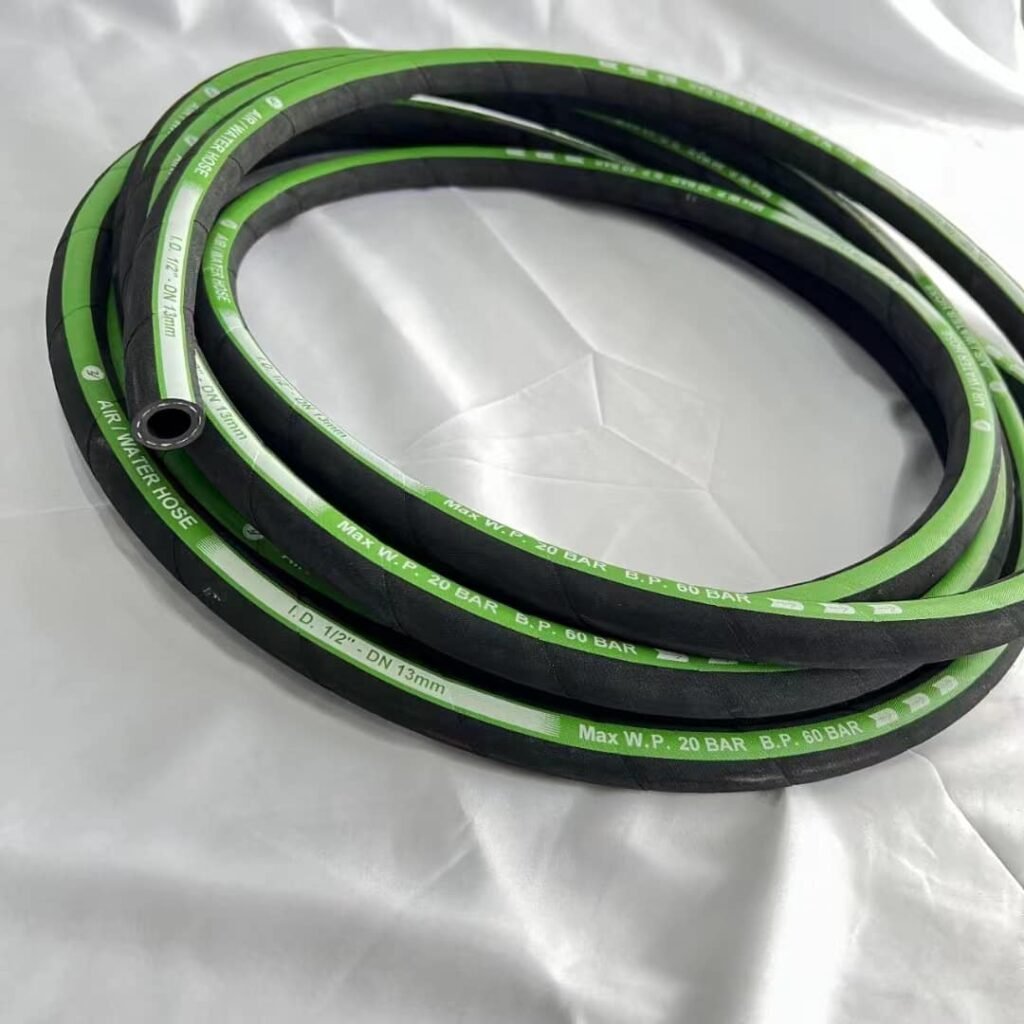How to choose a compressed air hose in 4 steps
作者Wendy

Choosing the right hose starts with evaluating the hose's application and working environment. To guide you through the selection process, we have listed the most important aspects to consider when choosing a compressed air hose. For simplicity, it has been divided into 4 steps!!!
1. How long should the hose be?
To choose the correct hose length, it is important to know the total distance between the point of use and the work area where the air tool will be used. The greater the distance between the air tool and the air compressor, the greater the air pressure loss. Consider how much length is needed to make the tool Ease of use, for example, you would choose a long hose for painting vehicles in a large body shop, while a compressed air hose would be used at a stationary workstation where less movement is required. This reduces the distance between the air supply and the tool, reducing potential pressure losses while providing the tool with sufficient airflow to function properly.
2. What is the correct inner diameter?
Flexible air hoses are measured by their inside diameter, the larger the inside diameter, the greater the airflow. Note: The inside diameter affects the overall weight of the hose, and each additional foot will increase its weight.
3. Working pressure
The pressure resistance of flexible hoses is a safety issue. The maximum working pressure of the hose must be greater than the maximum working pressure of the pneumatic tool or equipment, which means that the soft hose should be selected based on the highest pressure that the hose can withstand. tube, the regulator can reduce the hose pressure to an air pressure lower than the system air pressure. However, the regulator setting can be easily changed, and the safest method is based on the fact that the flexible air tube will receive its air supply at the pressure of the compressed air system. Facts to choose compressed air hose.
4. What material is the best?
The material used to make your air hose will greatly affect its flexibility, weight, and durability.
If a material is not suitable for the work environment in which it is used, it will quickly deteriorate or perform poorly. Compressed air hoses are not suitable for their environment or application:
① Cracks and breakage leading to air leakage
② Premature aging
③ Attraction of dirt
④ Incorrect connections
⑤ Cherry blossoms in cold weather
⑥ Softening due to heat
⑦ Swelling and bursting Note: Flexible hoses are carried or touched The fluid (air, water, acid, oil, steam, etc.) must be compatible with the hose material.




